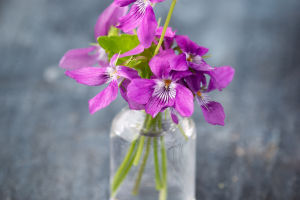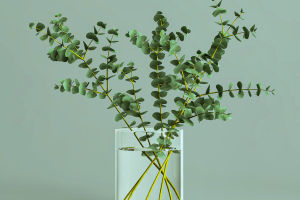Carnations are one of the four major cut flowers, known for their graceful and opulent flowers, elegant posture, brilliant colors, and rich fragrance.
Carnations can represent the full blessing of flowers, making them a popular choice for gifts and expressions of gratitude.
Many people try to grow their own carnations, but it's important to follow the natural habits of the flowers to help them thrive. To grow carnations successfully, you'll need to provide them with loose, fertile, breathable soil that retains water well.
They also require a temperature of around 19-21 degrees Celsius, the right amount of water, and plenty of light. Additionally, be sure to watch out for common issues such as leaf spot disease and aphids.
Growing Environment
1. Soil: Carnations prefer loose, fertile soil that is breathable and retains water well. Sandy soil is the best choice for growing carnations.
2. Temperature: Carnations should be grown at a temperature of 19-21 degrees Celsius. It's important to keep the temperature difference between day and night within 10 degrees Celsius.
In winter, take measures to protect the plants from the cold and keep the temperature above 9 degrees Celsius. In summer, adjust the temperature to below 35 degrees Celsius.
3. Moisture: Carnations are sensitive to stagnant water and should not be overwatered. Watering should not be too frequent; wait until the soil is dry before watering again.
4. Sunlight: Carnations love sunlight and can usually be placed in full sun. However, during summer or their seedling and blooming periods, they may need some shade.
Watering and Fertilizing
1. Fertilizing:
Carnations like fertilizer and require a lot during their flowering period. It's important to follow the principle of using thin fertilizer; if too much is applied, it can cause excessive growth of branches and leaves without flowering. After May in spring, carnations enter an important period of nutrient growth.
During this time, they need a lot of nutrients due to their rapid growth, so you can apply a nitrogen-phosphorus-potassium compound fertilizer every 20 days or so.
From June to October when the plant is blooming, apply a phosphorus-based fertilizer once a month to encourage repeated blooming. Do not fertilize during the flowering period to avoid dropping buds.
During hot weather, reduce fertilization. Reduce the application of nitrogen fertilizer to avoid excessive growth of branches and leaves that can affect dormancy. During their dormant period, do not fertilize carnations.
2. Watering
Carnations are resistant to moisture but afraid of drying out. They are also sensitive to waterlogging and rain, so it's important to keep the potting soil moist during daily maintenance.
During their growth period when stems and leaves are growing rapidly, keep the potting soil moist; if there is insufficient water supply, leaves may turn yellow and fall off easily.
Water once a day during this time. At the same time, spray water on the foliage and around the potting soil to increase air humidity. Be sure to remove standing water from pots during rainy seasons.
In fall, water once a day like in spring.
In winter when temperatures are low and plant metabolism declines, control watering carefully; otherwise, it will reduce their resistance to cold.


